Cockatiel Breeding Basics
Cockatiels are part of the cockatoo family and are known for their warm and outgoing personalities -- and their whistling -- especially the male cockatiels. All these attributes make these birds a favorite American pet. The feathers on top of the bird's head are a sure-fire indicator of its mood. Cockatiels are small birds of gray, white, and yellow, with the female bird's coloring more subdued. They can live to be 20 years old.
Health Requirements
To ensure the good health of breeding cockatiels and their babies, a male and female pair should be unrelated, free of disease and birth defects, and between 2 and 5 years old. Bring your cockatiels to the vet for an exam prior to breeding to ensure they are healthy.
Nesting Requirements
A cage for a pair of breeding cockatiels should be a minimum size of 20 x 20 x 50 inches and should contain a nest box that is at least 12 x 12 inches. Proper nesting material, such as shredded paper, paper towels, and molted feathers, should be provided.
Nutritional Requirements
Cockatiels are hookbills and should be fed a varied diet consisting of high-quality pellets, plenty of fresh fruits and vegetables, and small amounts of seeds. Breeding pairs should be treated with a calcium supplement to ensure proper egg development and to help the hen recoup nutrients lost in the egg-making process.
Egg Laying
Female cockatiels lay their eggs within one to two weeks of mating. Like many other types of birds, it's not uncommon for cockatiels to lay one egg every other day until they have all been laid. There are usually between four and six eggs in each clutch.
Incubation Time
On average, cockatiels incubate their eggs for about 18-20 days. This can vary by a couple of days in either direction and is usually no cause for concern.
Hatchling Care and Weaning
If cockatiel babies are to be hand-fed, many breeders let the parents raise the chicks until they are about 2 weeks old. The breeders then "pull" the chicks from the nest and place them in a brooder for hand-feeding until they are weaned. Most baby cockatiels can be weaned between the ages of 7 and 8 weeks by offering them millet, small bits of fruit, and vegetable and softened pellets.
RECOMMENDED NEWS
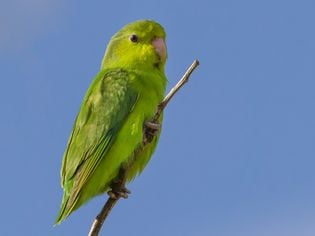
Pacific Parrotlet: Bird Species Profile
Colorful, charming, and intelligent, Pacific parrotlets are the smallest members of the parrot fami...
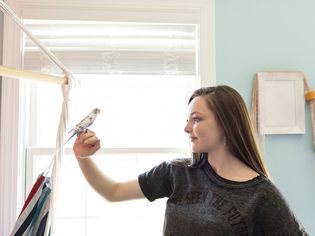
Avian Flu in Pet Birds: Should You Be Concerned?
With any report of avian flu in the news, it can be hard not to wonder whether your pet bird is at ...
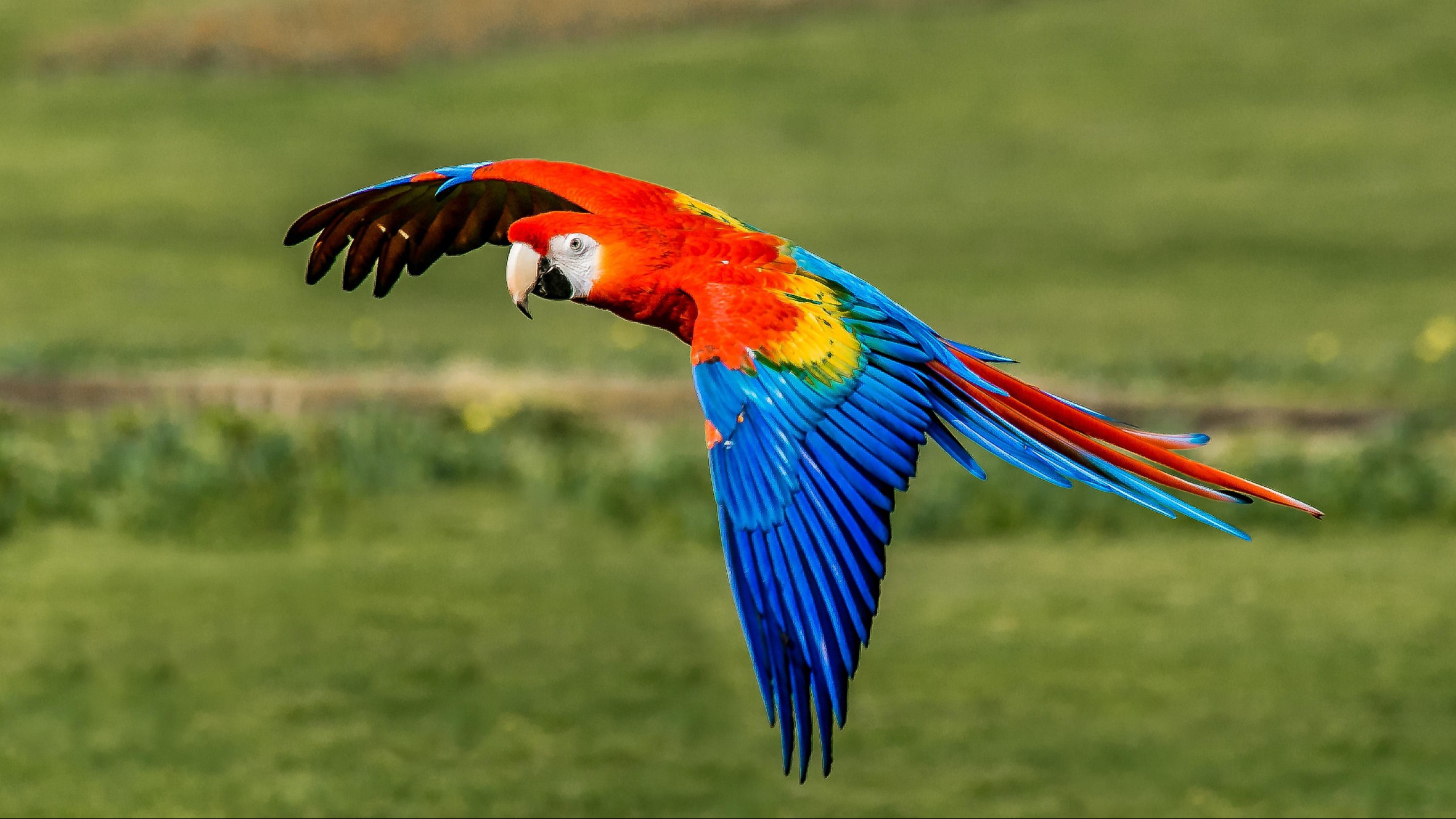
Scarlet Macaw: Bird Species Profile
Widely regarded by bird lovers as the most beautiful parrot, scarlet macaws are among the most colo...
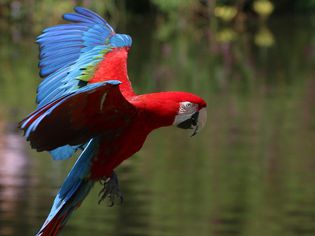
Green-Wing Macaw (Red and Green Macaw): Bird Species Profile
Second in size only to the hyacinth macaw, which is the largest parrot species, the green-wing maca...
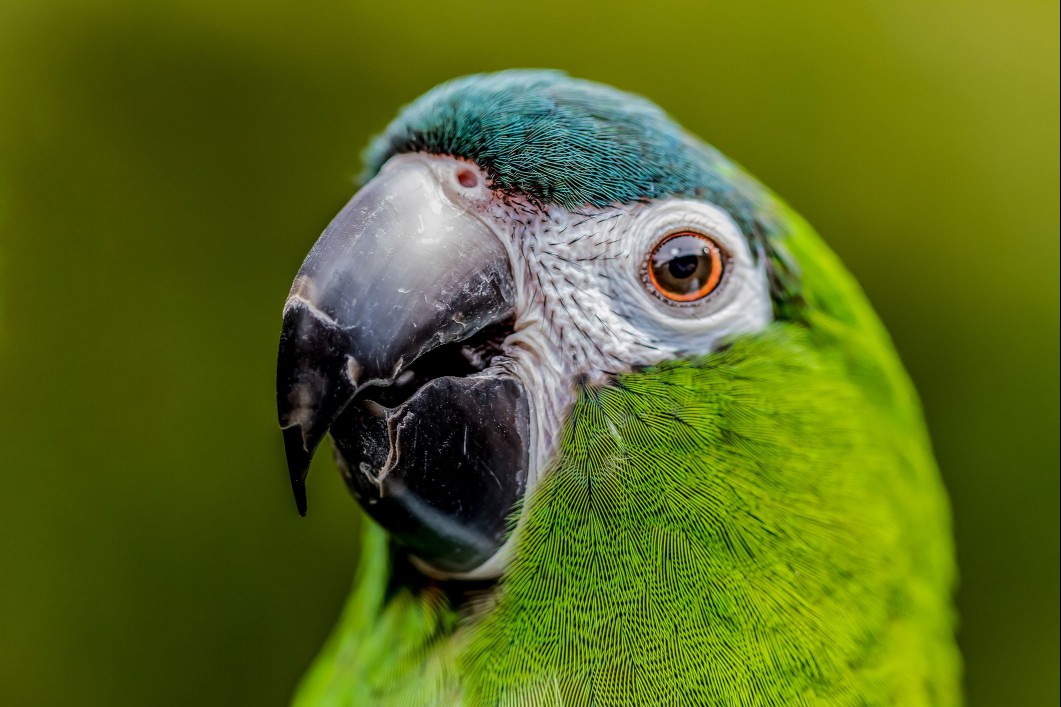
Hahn's Macaw (Red-Shouldered Macaw): Bird Species Profile
Hahn's macaws are the smallest and the most popular among the miniature macaws. These compact and p...
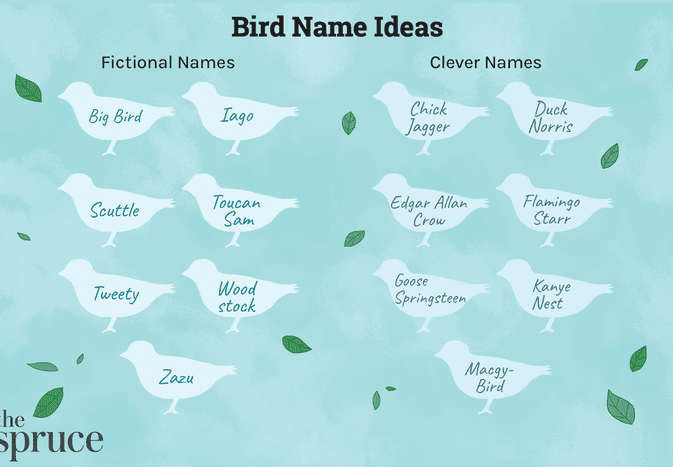
355 Bird Names For Your Feathered Friend
Bird names for your feathered pets vary depending on their personality, traits, and characteristics...
Comments on "Cockatiel Breeding Basics" :